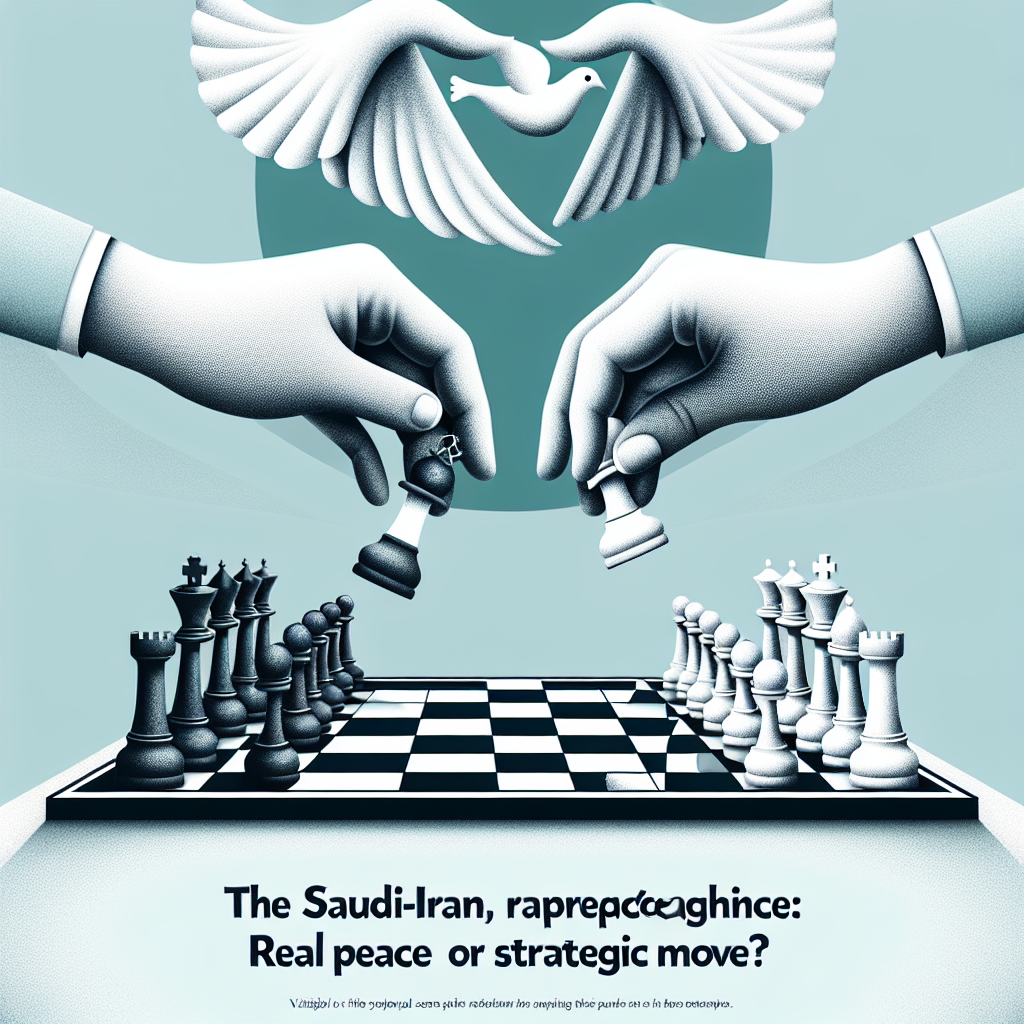
The Saudi-Iran Rapprochement: Real Peace or Strategic Move?
The Saudi-Iran Rapprochement: Real Peace or Strategic Move?
Historical Background of Saudi-Iran Relations
The Recent Steps Toward Rapprochement
Economic and Political Factors Influencing the Rapprochement
Is This Genuine Peace or a Strategic Move?
Arguments for Genuine Peace
- Long-term stability: Both nations have invested in dialogue to prevent regional conflicts that threaten their sovereignty and security.
- Common enemies: Countering extremist groups like ISIS and Al-Qaeda requires cooperation, which incentivizes improved relations.
- Public sentiment and domestic politics: Leaders may aim to improve national image and respond to internal pressures for peace and stability.
Arguments for Strategic Moves
- Balance of power: Improving ties could shift regional power dynamics, allowing both countries to better counter rivals or external influences.
- Economic necessity: Facing economic difficulties, both nations might see rapprochement as a means to unlock markets and investments.
- External pressures: U.S. and Chinese interests might be influencing the process, with Beijing and Washington encouraging stabilization for their own geopolitical reasons.
The Broader Impact on the Middle East
- Reduce proxy wars: A peaceful Saudi-Iran relationship could diminish the intensity of conflicts in Yemen, Syria, Lebanon, and Iraq.
- Enhance regional cooperation: Opportunities for joint economic ventures, cultural exchanges, and security alliances might emerge.
- Alter global energy markets: Stability in oil-producing nations could influence global prices and supply security.


